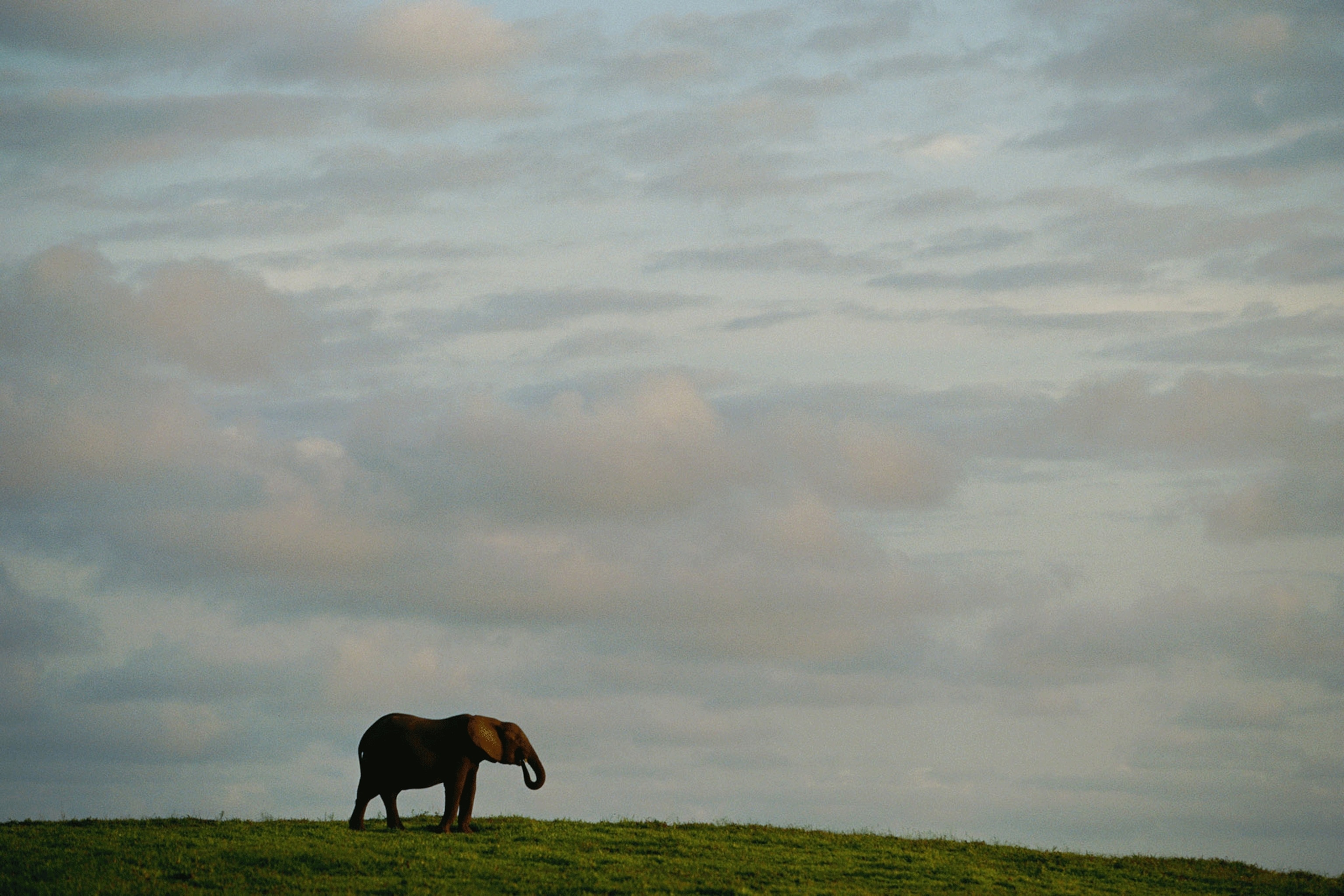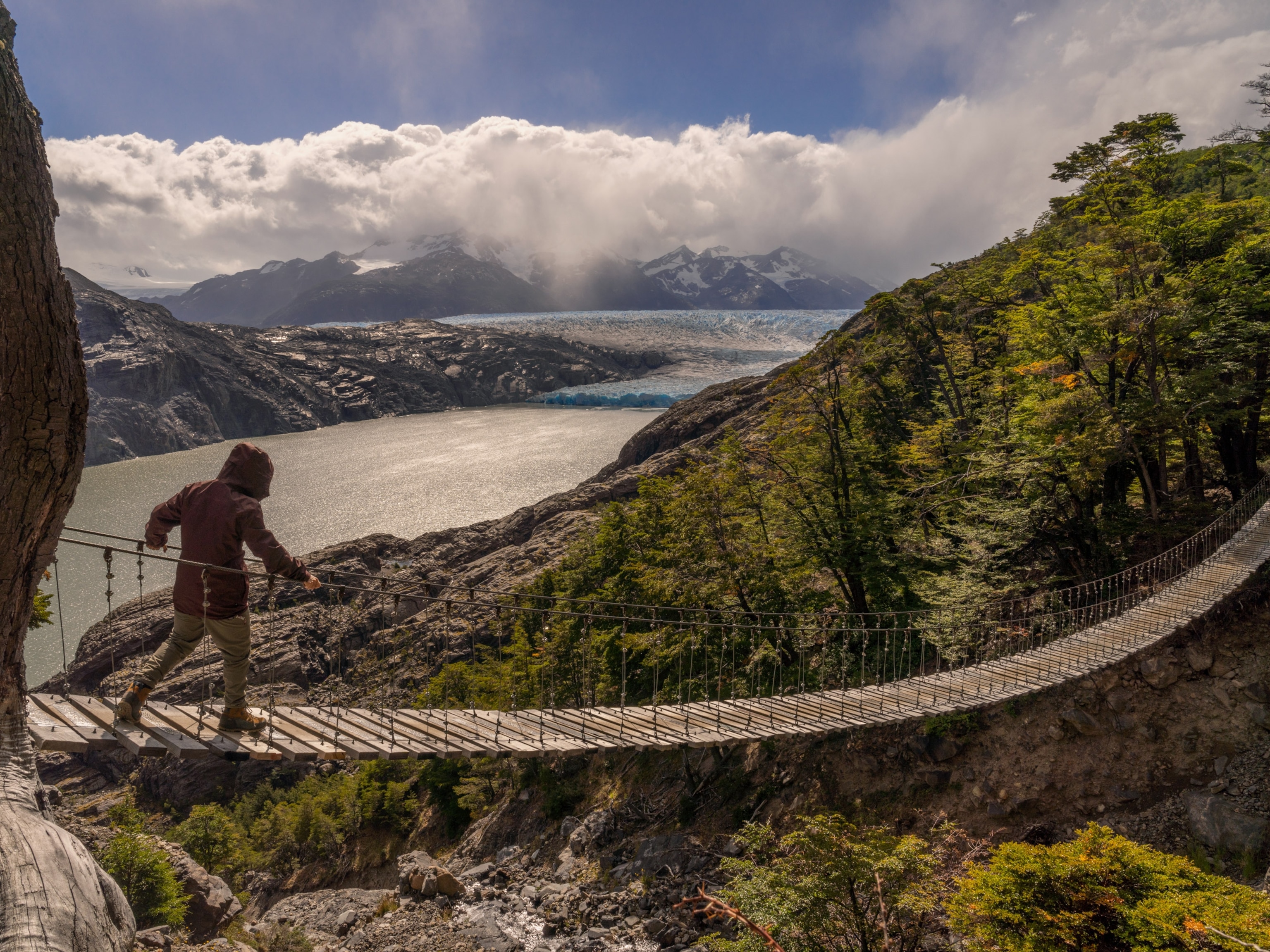
Here’s how to see elephants
Celebrate World Elephant Day with these tips for responsible sightings.
Elephants—intelligent, majestic, yet highly threatened—hold tremendous appeal for wildlife-loving travelers. Getting close to them in their natural habitat can be an exhilarating opportunity, but elephant tourism is controversial and can be tough to navigate. As travelers become aware of the issues involved in elephant tourism, the question of how to see an elephant ethically while on vacation can be daunting. Here are tips and destinations for observing them responsibly.
Thailand
About a third of the world’s Asian elephants live in captivity, most in Southeast Asia. Thailand is home to 3,800 captive elephants—and some of the world’s most troubling elephant experiences, including rides, bathing, shows, and up-close interactions for which the animals are often kept in poor conditions and trained using largely fear-based methods. But some people are working to make the industry more elephant-friendly. (Read how one elephant was rescued from captivity.)
Trip tips: Head north to Chiang Rai’s Elephant Valley Thailand. At this intimate forest property, travelers can watch from afar as five rescued elephants roam and socialize in fenced-off pasture. In Chiang Mai—the epicenter of Thai elephant tourism—try newly opened ChangChill, which has transitioned to a hands-off experience that includes an elephant observation deck and the chance to learn about the local Karen people’s culture from community members. Discover how to care for rescued elephants during a weeklong volunteer program at Wildlife Friends Foundation Thailand’s Elephant Refuge and Education Centre, just south of Bangkok. Or visit the south islands’ Phuket Elephant Sanctuary, which stands out as a true sanctuary: Rescued elephants roam free in lush pasture, with no tourist interaction.
Kenya
Prepare to be impressed at Amboseli National Park, a big-sky game viewing spot just above Kenya’s southern border with Tanzania. The park’s 1,500 massive African elephants (the world’s largest land mammal) roam the savannah, often in large herds. A flat landscape in the shadow of Mount Kilimanjaro makes elephant-watching easy and unforgettable.
Trip tips: To find elephants in the park’s varied habitats—including a dry lake bed, wetlands, grasslands, and woodlands—listen for the sound of cracking branches. Stay quiet when elephants are near and pay attention to how they communicate in soft rumbles or loud bellows. Make sure to arise early to catch a glimpse of Kilimanjaro’s peak before it’s hidden by clouds, then hop on a game drive for the chance to catch a glimpse of lions, leopards, giraffes, and other wildlife. In Nairobi, check out Amboseli Trust for Elephants to learn about elephant conservation in the park, then visit the David Sheldrick Wildlife Trust’s Elephant Orphanage for an intimate look at conservationists’ efforts to protect elephants and other African wildlife.
To see elephants ethically, choose experiences that allow visitors to observe them from afar.Natasha Daly, National Geographic wildlife reporter
Sri Lanka
In the remote wilderness of Wilpattu National Park—a thick, “dry zone” jungle on Sri Lanka’s northwestern coast—expect to see few people but herds of wild Sri Lankan elephants, the largest of the three Asian subspecies. Look for elephants cooling off alongside migratory birds at one of the park’s many sandy villus, or natural lakes—you may even spot Sri Lankan leopards, sloth bears, spotted deer, buffalo, mongoose, or mugger crocodiles.
Trip tips: Visit between February and October for dryer conditions and the best wildlife sightings. For the adventurous, Nat Geo Expeditions offers a Sri Lankan itinerary, including a trip to the Golden Temple of Dambulla plus guided game viewing in the vast, historic park. The really adventurous might rent a three-wheeled tuk tuk, or rickshaw, to see the sights before glamping at the Big Game Camp, not far beyond Wilpattu’s main entrance.

















